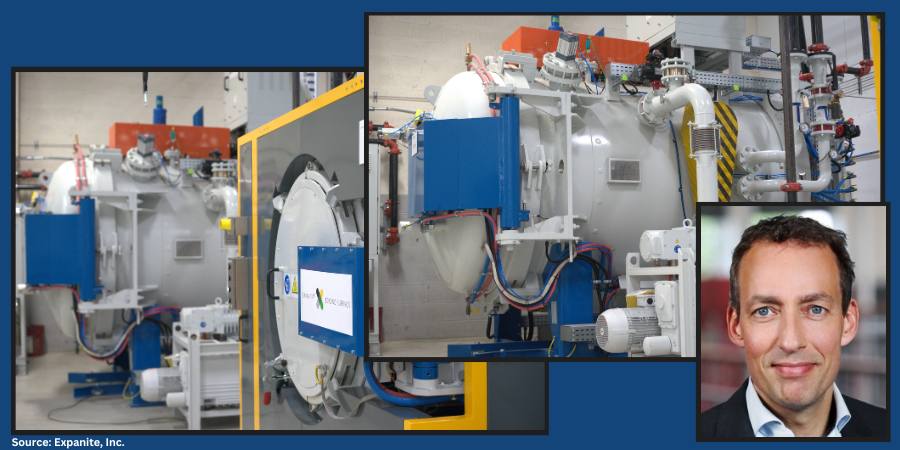Source: Phys.org

Surgical medicine has for years depended upon stainless steel for medical devices such coronary stents, hip-implant stems, and spinal-disc replacements, for a variety of surgical tools such as scalpels and forceps, and for operating tables. However, allergic and toxic reactions that trigger rejection by the body have driven researchers to develop a stainless steel component that will resist the buildup of harmful bacteria, among other flaws.
Scientists at Université de Montréal’s Faculty of Dental Medicine, along with a colleague from the Department of Chemistry, have discovered a way to improve the efficacy of stainless steel by changing its surface through the creation of a nanoscale network of pores — a process called nanocavitation.
Read more: “Solving the Problem of Surgical Stainless Steel”






